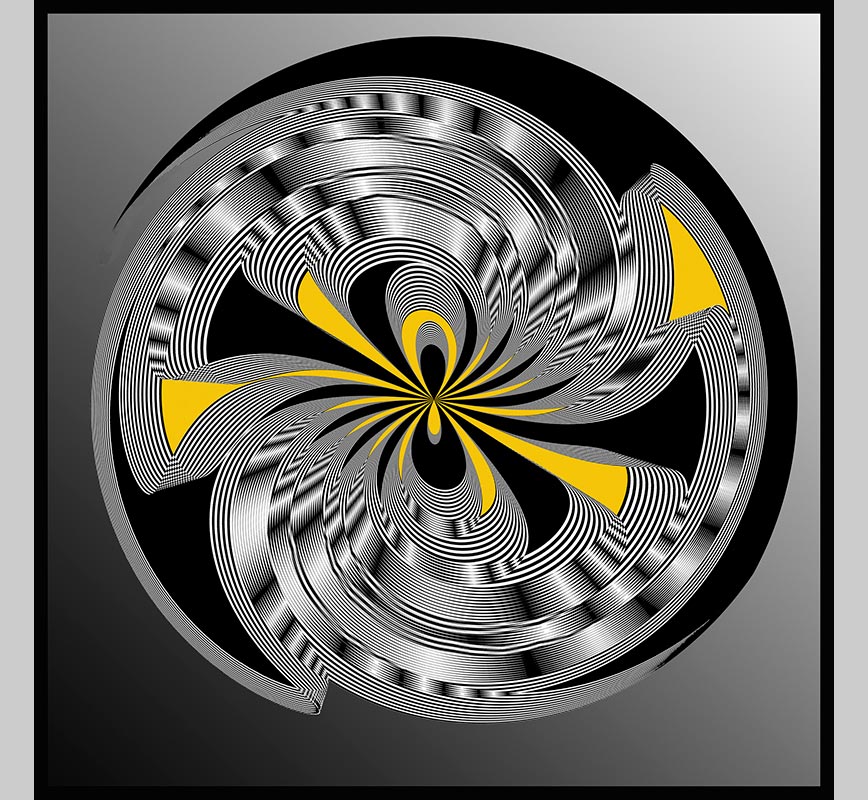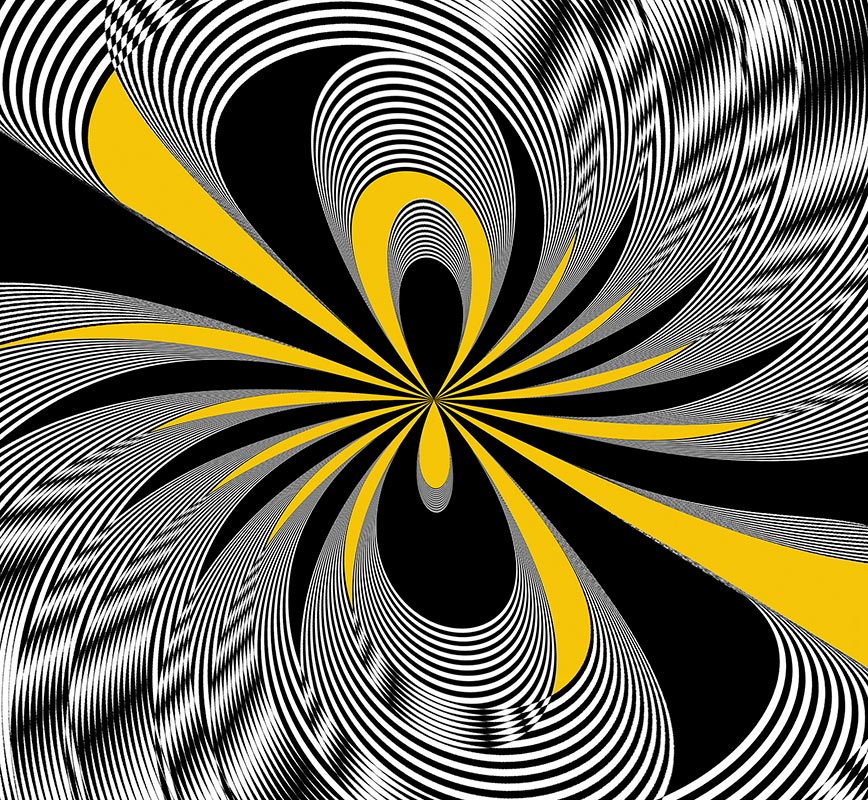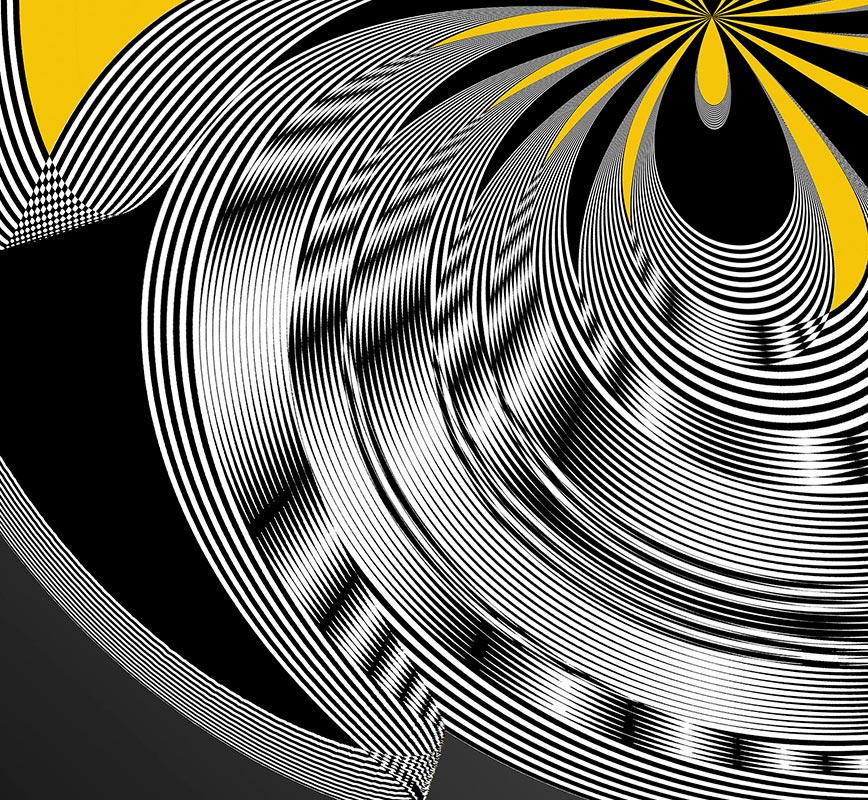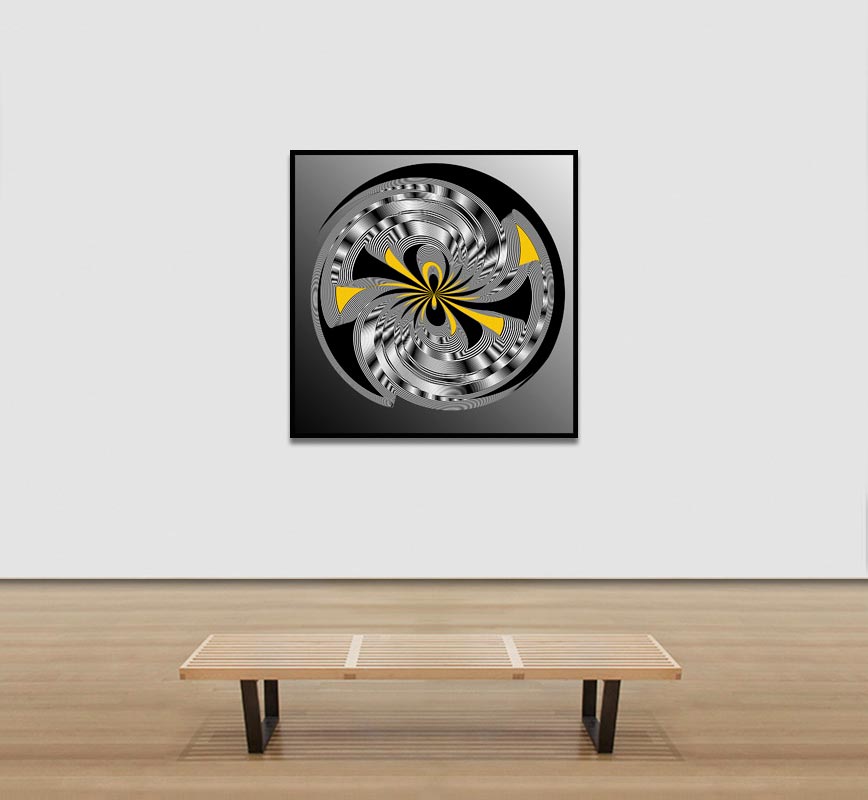At first sight, this artwork confronts the viewer with a face chiseled from stone—its features primitive, solemn, almost monumental. Eyes emerge as elongated shadows, a mouth carved into a silent void. But this is no sculpture. The source is a battered wall, raw and granular, caught in a close-up photograph. Through mirroring, what once was decay now stares back as an enigmatic mask, echoing both ancient idols and weathered gargoyles. It doesn’t simply suggest a presence—it anchors the room like a forgotten relic.
...more
At first sight, this artwork confronts the viewer with a face chiseled from stone—its features primitive, solemn, almost monumental. Eyes emerge as elongated shadows, a mouth carved into a silent void. But this is no sculpture. The source is a battered wall, raw and granular, caught in a close-up photograph. Through mirroring, what once was decay now stares back as an enigmatic mask, echoing both ancient idols and weathered gargoyles. It doesn’t simply suggest a presence—it anchors the room like a forgotten relic.
As with all works in the Creature series, Enzo Ragazzini begins with the real. In this case, a timeworn surface —possibly concrete, possibly volcanic stone— becomes the ground for revelation. Through digital mirroring, familiar patterns shift and transform. Textures crack open to form eyes, mouths, and brows. The human mind rushes to fill in the blanks, mapping an expression onto erosion. The original material remains visible, but our reading of it becomes elastic, uncertain, alive.
The transformation is sealed in the final artwork. Seen printed and at scale, the image transcends its source. The surface takes on painterly resonance —variations of grey and bone, punctuated by rust-red bricks at the edges, create a palette that feels at once industrial and geological. Details seen up close reveal a dense topography: porous and layered, like a living crust. It evokes skin, earth, architecture —something both of the body and beyond it.
This work belongs to Creature, a body of photographic pieces Ragazzini began in 2013. In the series, ordinary surfaces—plant matter, walls, bark, mineral deposits—are mirrored to create beings that sit somewhere between the anthropomorphic and the abstract. They are not fabricated, but coaxed into view. The result is a taxonomy of imagined forms rooted in the real world, each one a study in ambiguity and presence.
Drawing on insights from Leon Battista Alberti and Leonardo da Vinci, who observed the mind’s impulse to find figures in stains and stone, Ragazzini’s work explores pareidolia —the tendency to see meaning where none was placed. His digital approach, far from manipulative, reveals this latent order. The resulting compositions nod to Surrealism, particularly to Max Ernst’s frottages and Oscar Domínguez’s decalcomania, yet they emerge from contemporary modes of seeing and making. His art becomes a dialogue between perception and matter.
Since his beginnings in the 1950s, Ragazzini has pushed the boundaries of photography through analog experimentation. In the digital realm, this ethos continues. Photoshop becomes an extension of the darkroom: a space for intuitive, tactile inquiry. His process is not mechanical—it is meditative, responsive, guided by visual resonance rather than imposed design.
The Creature series stands as a culmination of this evolving practice. Each artwork starts as a fragment of the world, but becomes a threshold between what we perceive and what we imagine. Ragazzini’s images do not illustrate. They awaken. They remind us that the world is filled with presences we have yet to name, and that even in a ruined wall, a face might be waiting to speak.
less...




